Into the Unknown: In Conversation with DLT’s Daniele Bartolini
The figure before me rests in a dressing room — I remember these spaces, mirrored and sacred. It’s comforting to see they still exist, even through Zoom — that at least the architecture has survived the pandemic. The figure in question, DopoLavoro Teatrale’s Danele Bartolini, bursts with energy, clearly eager to speak with me about his upcoming odyssey, his journey into the inferno.
This journey is, of course, TO Live and DLT’s joint production of The Spectators’ Odyssey — o dell’Inferno, playing at the St. Lawrence Market in downtown Toronto through November 14.
I ask Bartolini for an overview of the experience — it sounds vast, grand, fantastical.
“It’s a project that’s been in the making since 2017. It’s always been conceived in its format so that wherever we go, the show is rebuilt in conversation with new partners, in new locations, and involving a new cast and artistic collaborators. It’s a highly collaborative piece — there are many artists involved,” explains Bartolini.
“It’s an immersive piece. It’s highly interactive. Our methodology of work is called ‘audience-specific,’ so we really rely on the participation of the spectator, and on their interaction. Because through the different scenes, you’re really invited to explore, and to create your own odyssey, your own inferno. The show happens backstage, so it’s a very exciting location for the audience members — you get to experience the secrets of the theatre!”
I’m hooked. Greedily, I ask for more details — the piece feels illicit, transgressive, and powerful, at least in dialogue with Bartolini.
“It’s only for eight spectators at a time, so very intimate. For us, that’s a huge crowd of people!,” Bartolini jokes — DLT is known for its even more intimate, one-on-one performances. “We have two journeys: one through the backstage area of the St. Lawrence Centre for the Arts, and one outside and in the St. Lawrence Market.”
“It’s site-specific and site-responsive,” Bartolini continues. “It’s a journey.”
The piece feels illicit, transgressive, and powerful, at least in dialogue with Bartolini.
Theatre scholar that I am, I prod Bartolini for commentary on the story of this experience — not just its format. Why these stories now, the odyssey and the inferno?
“They’re two very ancient stories. They’re these immortal stories, beyond time — they’re from the past, but they’re also in the future. For me, specifically — I’m from Florence, Italy, the same city as Dante. All of those stories of Homer and Dante and Ulysses are really present in our lives.”
“Everything centres around the character of Ulysses. Ulysses as a metaphor, to be a voyager. The audience takes on that role of Ulysses — don’t worry, you stay yourself, you’re not playing a character — but you’re someone who witnesses a series of situations, highly multidisciplinary scenarios.”
“You’re an explorer,” he continues. “You’re a voyager. You’re a symbol of curiosity. Since we’re in the theatre, it’s important for me to say that we really take the spectator into the place of inspiration of the artist. We want to bring the spectator into that space.”
You’re an explorer. You’re a voyager. You’re a symbol of curiosity.
I ask about the significance of platforming this experience now, in this moment, amidst a pandemic and a turbulent sociopolitical backdrop.
Bartolini doesn’t miss a beat: “this is the perfect piece to go back to theatre in this moment, with a small group of participants. And the most exciting part is that you get to travel across the theatrical environment — an environment that’s been paused, and not inhabited for however long.”
“In our creations, you don’t have a mask, aside from your medical one, of course — you’re yourself, and you can respond to the performers. You have direct interactions with them. You go from space to space, there’s a dramaturgical consequence, a sequence. You get to inhabit the space of the artists, and encounter them, encounter yourself. You get to reinvent yourself — that’s Ulysses, that transformation.”
You get to reinvent yourself — that’s Ulysses, that transformation.
It’s a big answer to a big question: I’m impressed, and we laugh, seemingly constantly stepping on each other’s words from over-excitement.
We conclude with what’s become one of my favourite questions to ask in these conversations: what is the duty of Toronto theatre right now? What do companies owe their artists, their audiences?
“We need to re-establish a dialogue with our spectators. We need to establish a creative dialogue with them. The community of spectators and artists need to be together and have an exchange. It’s about bringing people outside, and making people safe, of course, but leading them to the threshold, to let go, to walk towards the unknown.”
A pause.
“To turn the page and start again.”
The World Premiere of The Spectators’ Odyssey – o dell’Inferno, presented by TO Live and DopoLavoro Teatrale, runs from November 2–14, 2021. To purchase tickets and find out more, click here.

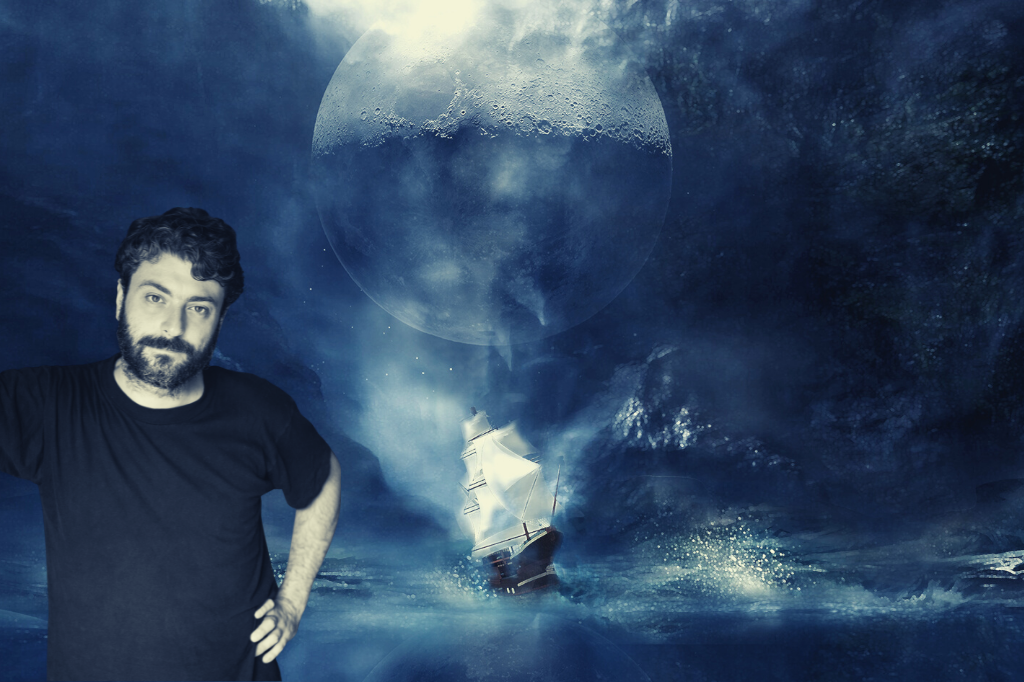


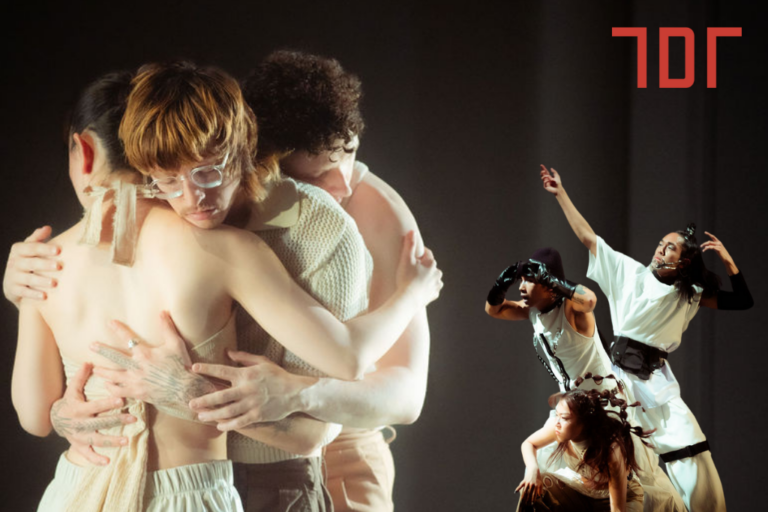


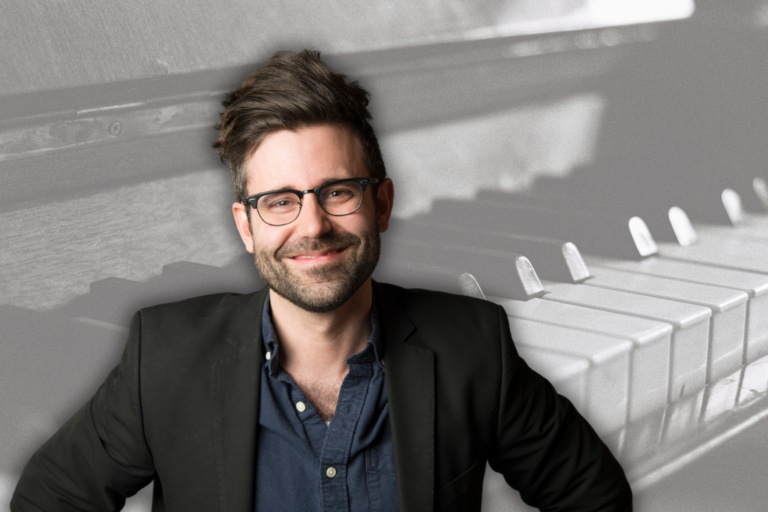

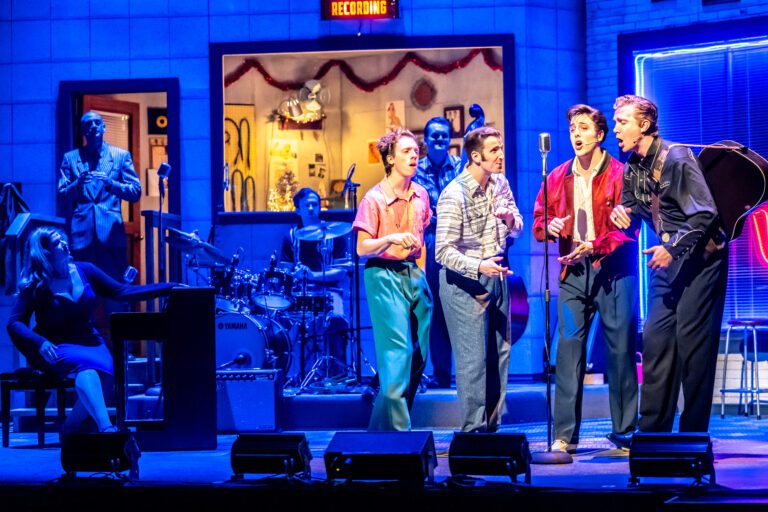


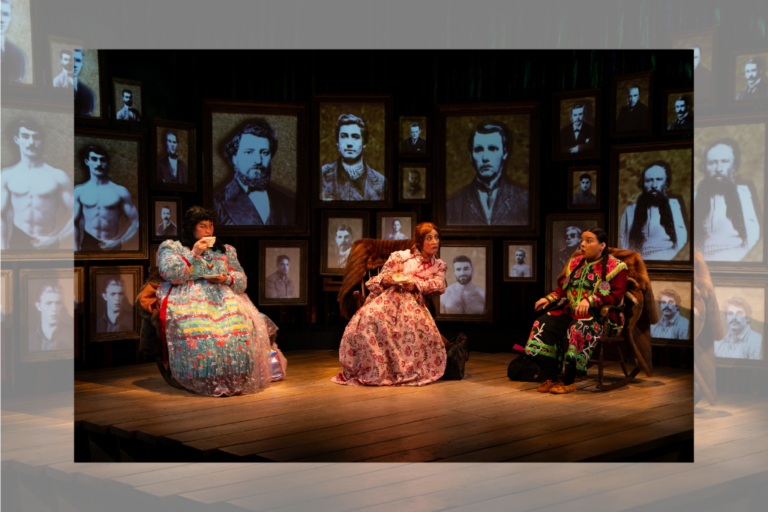
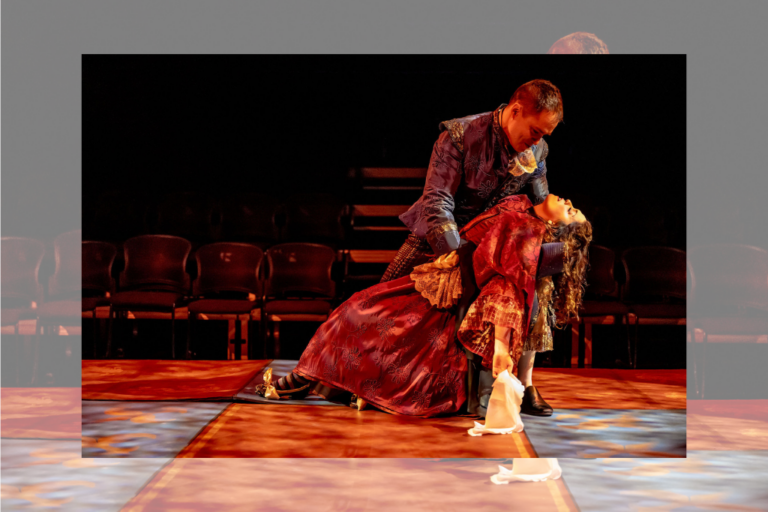
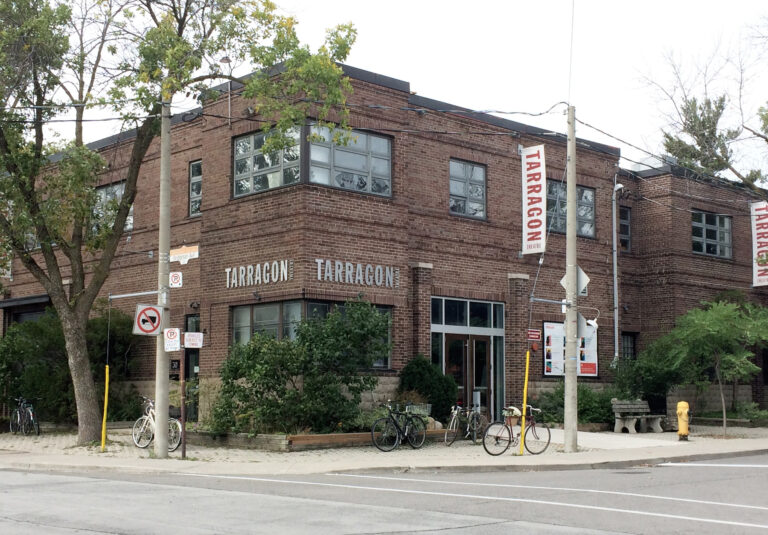
Comments